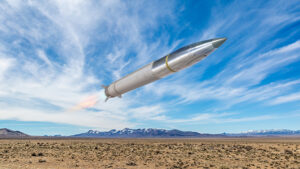
Lockheed Martin [LMT] and the U.S. Navy completed the first flight integrating the Sniper Advanced Targeting Pods (ATPs) with the Kuwait Air Force F/A-18E/F Super Hornets, the company said May 27. The Sniper ATM detects, identifies, automatically tracks and laser-designates small tactical targets at long ranges while also supporting laser- and GPS-guided weapons against fixed and moving targets. The company said this integration will give both existing and future Boeing [BA] Super Hornet fleets the ability to add the Sniper…

 By
By 











